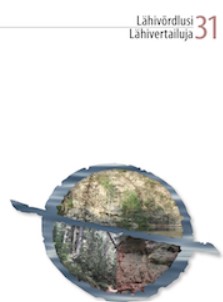Soome- ja venekeelsete õppijate A2- ja B1-taseme keelekasutusmustritest: varieeruvus vs. stereotüüpsus
On the language use patterns of Finnish- and Russian speaking learners of Estonian at the levels A2 and B1: Variability vs. stereotypicality
Author(s): Pille EslonSubject(s): Foreign languages learning, Lexis, Language acquisition, Comparative Linguistics, Finno-Ugrian studies, Eastern Slavic Languages
Published by: Eesti Rakenduslingvistika Ühing (ERÜ)
Keywords: language use patterns; lexico-grammatical variability; learner language; Estonian;
Summary/Abstract: Comparative analysis of the language use patterns of Finnish- and Russian speaking learners of Estonian as a target language reveals different tendencies in their A2- and B1-level written production. This article discusses the development of lexico-grammatical variability and stereotypicality which may relate to some factors that influence language learning, such as learning and teaching strategies and the used learning resources. The presented study aimed to explore preferences in combining parts-of-speech, the choice of vocabulary and grammatical forms by native Finnish and Russian speakers learning Estonian, compared to native users of Estonian. Relying on the frequency of part-of speech n-grams as well as the morphosyntactic variability and lexical diversity within these recurring patterns, the analysis indicates that the vocabulary of Finnish-speaking learners expands, while lexico-grammatical stereotypes become rooted in the writings of Russian-speaking learners. The formation of stereotypicality is caused by a) lack of adverbs in the learners’ lexicon (Finnish learners have a richer vocabulary in terms of adverbs) and limited use of lexical verbs (varies more in the texts written by Finnish learners); b) functional deviations in combining parts-of-speech and grammatical forms in text when compared to native speakers (concerns Russian learners). Diverse vocabulary also extends the constraints of morphosyntactic variability.
Journal: Lähivőrdlusi. Lähivertailuja
- Issue Year: 2021
- Issue No: 31
- Page Range: 90-113
- Page Count: 24
- Language: Estonian

